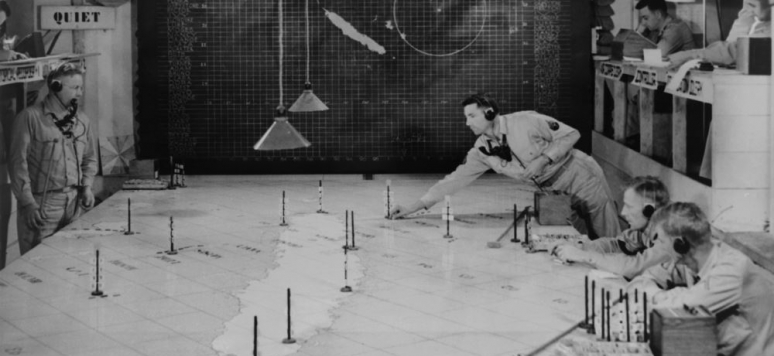Focus Stratégique - La fourmilière du général : le commandement opérationnel face aux enjeux de haute intensité Focus stratégique, n° 89, June 2019

Operational command structures have always been able to adapt to the strategic context. However, they now face a new challenge: high intensity threats.
Modern operational command structures, although very different from their elders, perform more or less the same functions. These are systems of systems which allow military leaders to command and control armed forces in operation, from the highest strategic level to the lowest tactical level. Under the combined effect of new technology, multilateralism or in order to adapt to asymmetric conflicts, these structures have become increasingly complex and resource-intensive. But as high intensity threats are re-emerging, command structures will need to evolve and face new challenges, especially in terms of vulnerability. Even though inertia and resistance to change should not be downplayed, there is ample room for improvement, mixing technology and human factor, so as to better protect existing structures and adapt them to their new environment.
This content is only available in French: La fourmilière du général: le commandement opérationnel face aux enjeux de haute intensité. [1]
